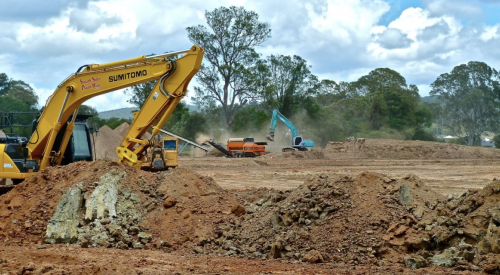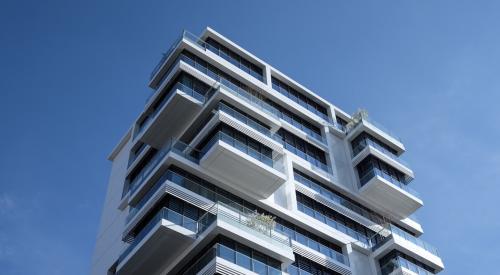Know your strength. To maintain competitive strength, you first must understand yourself and your company well enough to identify that strength — and where weaknesses lie.
That requires analyzing yourself and where you’re heading. You must have a clear vision and mission, for yourself and for your team. And the team must understand and buy into the vision and mission to reinforce the company’s competitive strength. Otherwise, you cannot maintain the energy necessary to become the best at what you do.
As you move away from your core competency, profits tend to decline, you become more vulnerable to the competition, and your company becomes less efficient and effective.
Value to the Customer
Whatever you build, be sure to provide maximum value for your customers. Buyers look for value, which they usually define as product price and quality plus personalized customer service. To deliver such value, you need to know everything you can about your buyers. Because many buyer types exist, you need to segment the market so you can tailor your product and service to a targeted buyer segment that wants what you produce best.
You need to understand everything there is to know about your buyers: what they need, what they want and how they want it. Understand their values, their lifestyles and even the idiosyncrasies of their buying patterns. Then design your product to match what they want and are willing to pay for, not what you want to build. You find the sweet spot when the product you build really well matches the buyer’s hot button for value. Just remember that cost does not equal value. Only buyers can define value, and they see it where they will, sometimes with little or no relationship to cost.
Profit Is the Scorecard
Manage for profitability, not sales volume. The bottom line, not the top line, tells you how well you’re performing for customers. If you identify a competitive niche and then design, price and produce homes in which customers see value well in excess of your costs, you’re well on the way to maintaining competitive strength.
Builders seduced by volume usually try to serve too many market segments. Seeking more sales, they dilute the company’s expertise and resources, resulting in a lot of revenue but little profit. To be a profit-oriented builder, you must establish a profit objective and then use the target financial ratios we’ve established (see table) to analyze everything from prospective land deals to your systems and processes.
If you create value for your target market, achieving a profit objective should be no problem. Develop quantifiable objectives to measure performance in every aspect of your business. Then find a continuous improvement methodology you like and compel events to conform to plan.
If you design the right product, build it right the first time and complete it before you turn it over to buyers, you won’t have to worry if J.D. Power measures your customer satisfaction.
|












